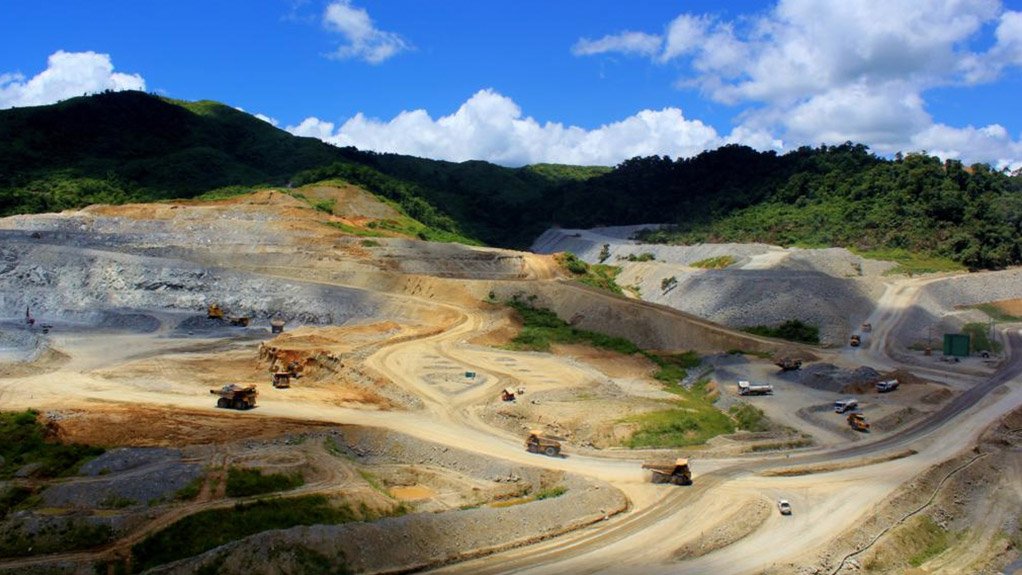
PERTH (miningweekly.com) – Gold miner OceanaGold has reported an increase in the proven and probable reserves at its Didipio operation, in the Philippines, despite mining depletion.
The ASX- and TSX-listed gold miner on Tuesday reported proven and probable reserves of 47.6-million tonnes, at a gold grade of 1.11 g/t gold for 1.7-million ounces of gold.
This was compared with a proven and probable reserve of 45.6-million tonnes at Didipio, grading 1.09 g/t gold and 0.46 % copper, for 1.59-million ounces of gold and 0.21-million tonnes of copper, measured at the end of 2013.
OceanaGold noted that copper reserves at Didipio remained steady year-on-year, after depletion.
“OceanaGold has a solid resource base from its portfolio of high-quality assets. We have seen a year-on-year increase in resources at Didipio, driven by the strong results generated from the optimisation study,” said OceanaGold MD and CEO Mick Wilkes.
In total, the gold miner’s proven and probable reserves declined to 85.9-million tonnes, grading 1.09 g/t gold, for 3.02-million ounces of gold, and included 3.58-million ounces of silver and 0.21-million tonnes of copper.
Total consolidated measured and indicated resources were reported at 181-million tonnes, grading 1.35 g/t gold at the end of 2014, for 7.82-million ounces of gold, including 13.8-million ounces of silver and 0.24-million tonnes of copper.
Wilkes said on Tuesday that the company was also continuing to extend the mine life of the Frances underground operation, in New Zealand, with production extended by an additional year at a similar rate of production.
“In New Zealand, the company will continue infill drilling at the Frasers underground mine to increase the reserve. With the weaker New Zealand dollar and lower fuel costs, the optionality at Macreas has significantly improved. As a result, the company will undertake a surface drilling programme targeting low-strip mineralisation.”
Wilkes added that success from this drilling programme, along with continued improvement in economic conditions, could result in a mine life at Macreas beyond 2017.